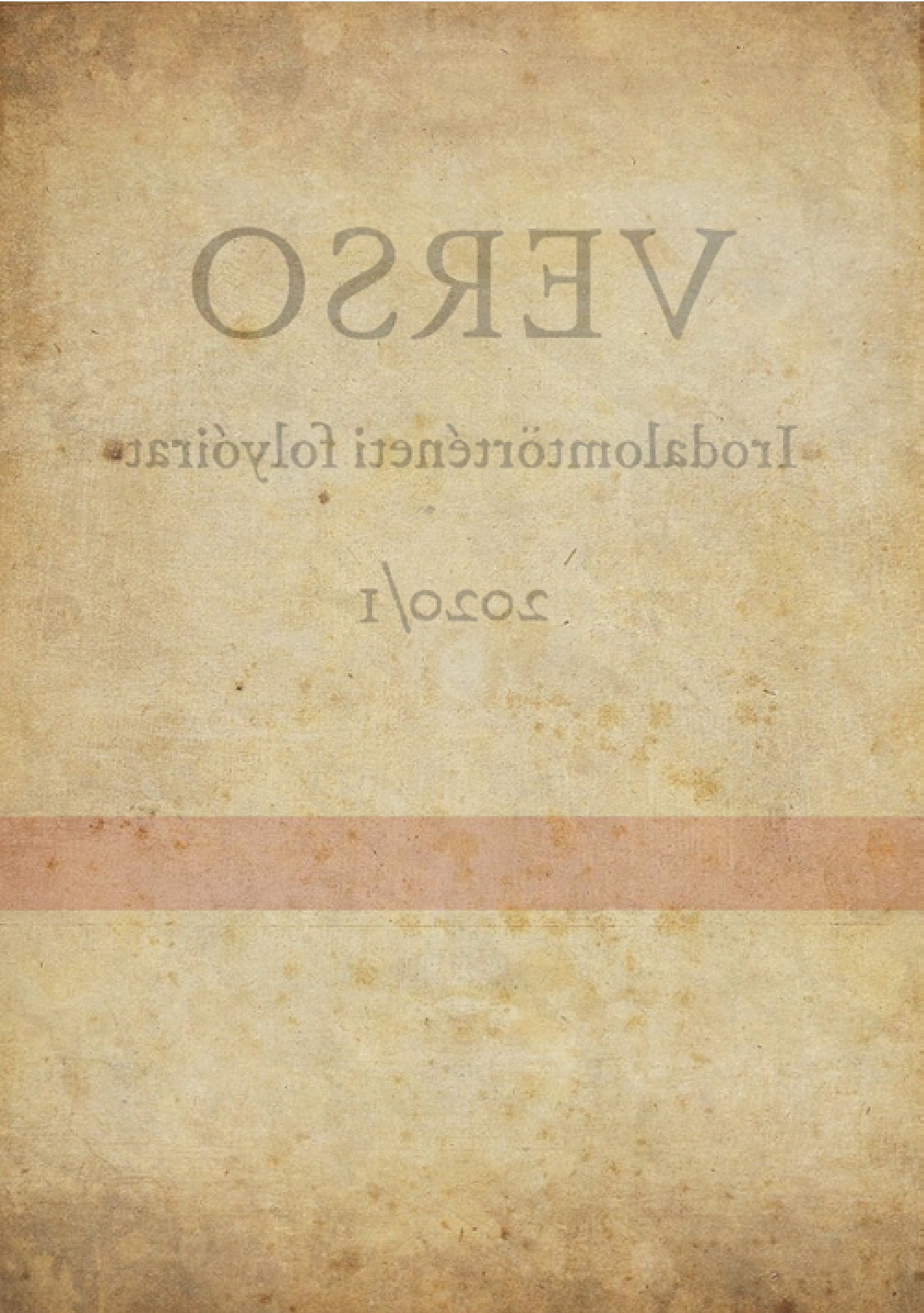The dandy and the housewife: fashion as a means of (female) writers’ self-representation in texts from the 1850s-1860s
DOI:
https://doi.org/10.15170/VERSO.3.2020.1.51-74Abstract
In Dress Culture in Late Victorian Women’s Fiction, Christine Bayles Kortsch describes the relationship between literature, writing, material life and fashion in the works of British women writers in the 19th century. Were these phenomena also present in the works of Hungarian women writers during the late 1850s, and if they were, how were they expressed? In the stories by Mrs Sándor Vachott, Lenke Bajza etc. we do not only get a picture of the personalities, relationships and social status of the characters, but also get a detailed description of the clothes that make the texts more realistic. In the short story ‘A Pesti Napló 61., 62. és 65. száma’ by Júlia Szendrey the omission of such topics shows her commitment to writing. In the work ‘Egypár atlaszczipő’ by Lilla Bulyovszky (especially in the foreword of her short story collection) we find a perfect example of the connection between writing, fashion and the female writer’s self-image.

